For Lulu and me, our volcano interest began in 2010 on a climb and ski of Washington’s Mt Shuksan. Though technically not a volcano. Shuksan’s rugged approach and big vertical (almost 7500′ by our route up the White Salmon Glacier) has all the feel of the Pacific Northwest’s volcanic peaks… usually requiring the willingness to sleep at a trailhead, wake up for a headlamp-powered alpine start, slog extra miles on access roads, do a little bushwhacking, climb 6000-8000′ in a day, bring some technical gear (sometimes), and plan it all on a pretty narrow spring weather window. What sealed it for Lulu, though, was the fact that you can see the volcanoes from just about anywhere in the state. It’s always cool to look up, and know that you’ve been on top of a dominating peak and skied an interesting line off it of.
In spring 2011, Lulu was sidelined with a torn ACL, ending her season in April. My own chances at volcano skiing were hampered by work travels and a winter that never really quit, until July came around. With spring snow just coming into season in July and a weather window following a K2 ski test in Oregon, Darrin Haugen and I decided to quick-hit the southern volcanoes, skiing Mt Hood (11,250′) and Mt Adams (12,280′) back to back in a big end of season push.
Feeling strong coming off our Europe tour, we’ve felt pretty motivated this spring as the snowpack has steadily started consolidating into a smooth corn cycle. High temperatures last weekend forced us to pull the plug on plans to ski El Dorado, so the energy was running pretty high to try and ski Mt Baker (10,781′) when the forecast looked good for Saturday. Frequent ski partner Charlie Lozner joined Lulu and me, and former coworker Joe Erfle joined us as the plan came together.
It seemed pretty straight forward. After a relatively comfortable couple hours’ sleep in Charlie’s Eurovan on the access road, we quickly ate a 3:30am breakfast and geared up, skinning up the unplowed access road a couple miles below the Heliotrope Ridge trailhead by headlamp. The map shows our climb on the right line, up the summer trail to the Coleman Glacier, then up through a col to the Deming Glacier and the Roman Headwall, finally putting us on the summit after 8,000′ of climbing over almost 7 miles.
Clear, starry skies gave way to warming sunlight, but the temperatures stayed low throughout the morning. Breaking out of the trees, we found very firm conditions on the Coleman Glacier. Above, Joe Erfle starts up the Coleman, with the Roosevelt Glacier in the background. Our pace felt good, and we took our time knowing that we wouldn’t be racing rising temperatures for good skiing conditions on the descent.
Charlie Lozner with Mt Baker rising high above the glacier. It seemed like miles and miles away (and it was), but we were headed for the col between Baker and Colfax Peak on the right, then up the ridgeline to the summit of Baker.
Navigating some icefall off Colfax Peak, with the Roman Wall finally starting to get closer… and bigger. Not a day of solitary backcountry skiing, but just ahead of us were a couple other parties, including Chris Davenport’s Ring of Fire group that was trying to summit 14 of the California, Oregon, and Washington volcanoes over 18 days. It was pretty cool to hear a little about their journey as he wrapped up the final climb.
Hitting the col around 11am, we took a little longer to rest and refuel, with the last push of the climb, the steep Roman Wall looming above us. The sun was getting stronger, but the snow was still firm, and we were in no rush. Now up at 9,000′, the pace slowed down a bit as we put on crampons and started up, one step at a time, to the summit plateau.
Joe Erfle approaching the summit plateau, with the vast Deming Glacier spread out below him.
A quick skin across the plateau put us on top of the summit knob, and with brilliant sunshine and only the slightest breeze, we took a while to rest up and soak in the sunshine. Joe and I both napped for a short stretch, then we melted some snow to replenish our water supplies and prepped gear for the descent. The feeling of sitting up on top is hard to describe… like climbing to the top of the tallest tree around and looking down on everything else. Even looking over at Shuksan, which had felt so big two years ago, now felt somewhat small off a few ridges away. And being able to share this climb and ski with Lulu, back so strongly this year after her knee surgery, was an incredible joy.
Kicking off the top just after 3pm, the upper pitches of the Roman Wall were just starting to soften up, making for fun skiing. Looking down below, our route stretched out forever, with miles and miles of turns all the way back to the car.
Lulu with the huge expanses of the Coleman Glacier and Heliotrope Ridge extending below her turns on the Roman Wall. We would ski all the way over the ridge to the upper right, then drop almost 3,000′ down a canyon to Grouse Creek and the trailhead exit.
A lasting memory of the day, the ski from Heliotrope Ridge down to Grouse Creek included some of the best corn snow I’ve ever skied. Perfectly smooth, steep, and filled with fun, undulating rollovers, the expansive bowls and canyons made for an exhilarating and effortless descent. With a direct shot back to the trailhead that avoided our 5am sketchy creek crossing, all that remained was a short glide out the snowy road, linking together patches until the snow finally ran out only 500′ from the car. It’s hard to match the feeling of elation, accomplishment, and exhaustion that comes with the close of day like this, when you finally splash a little water on your face, crack open a beer, trade ski boots for flip flops, and hang around in the woods with good friends reminiscing on the day that just was.
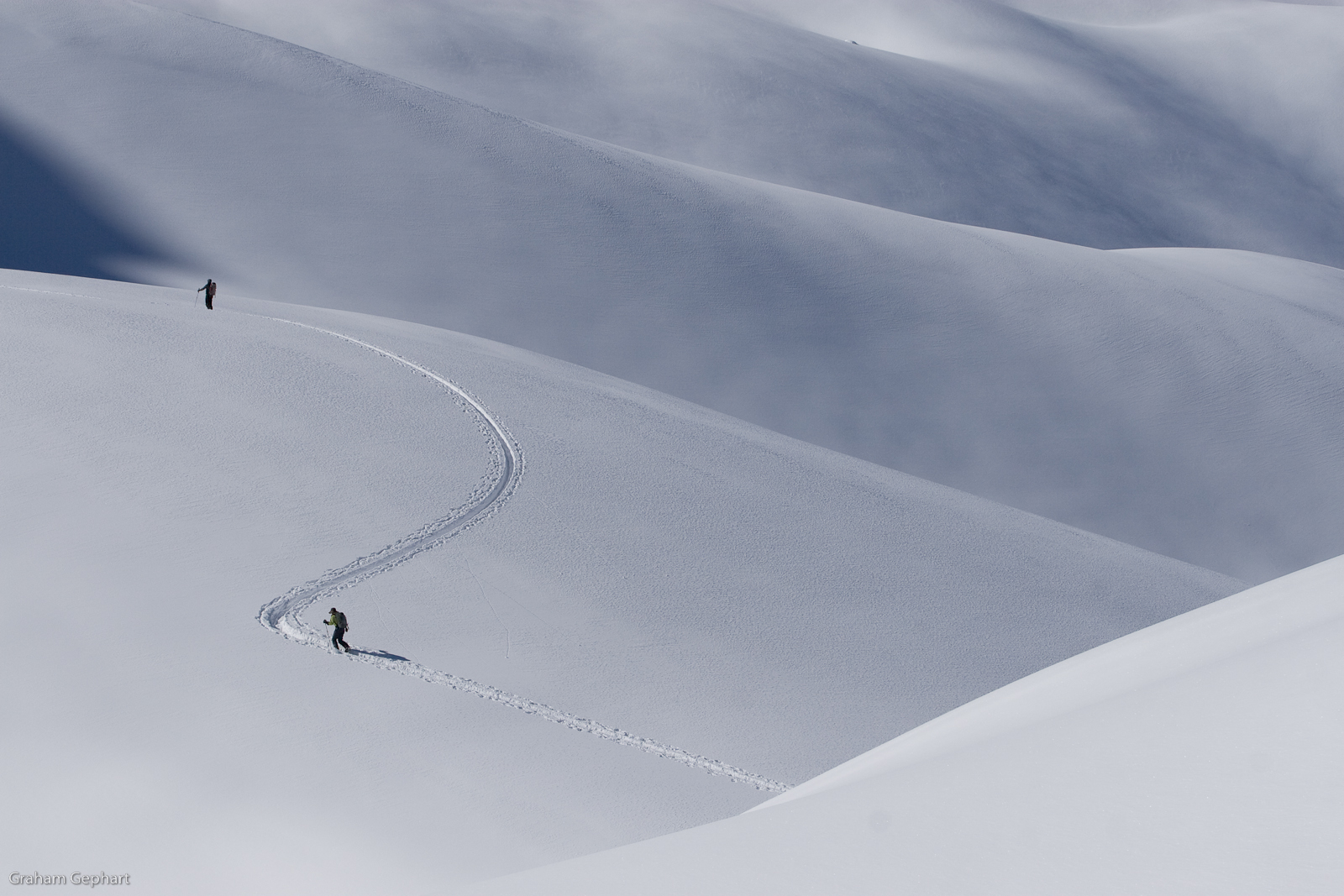

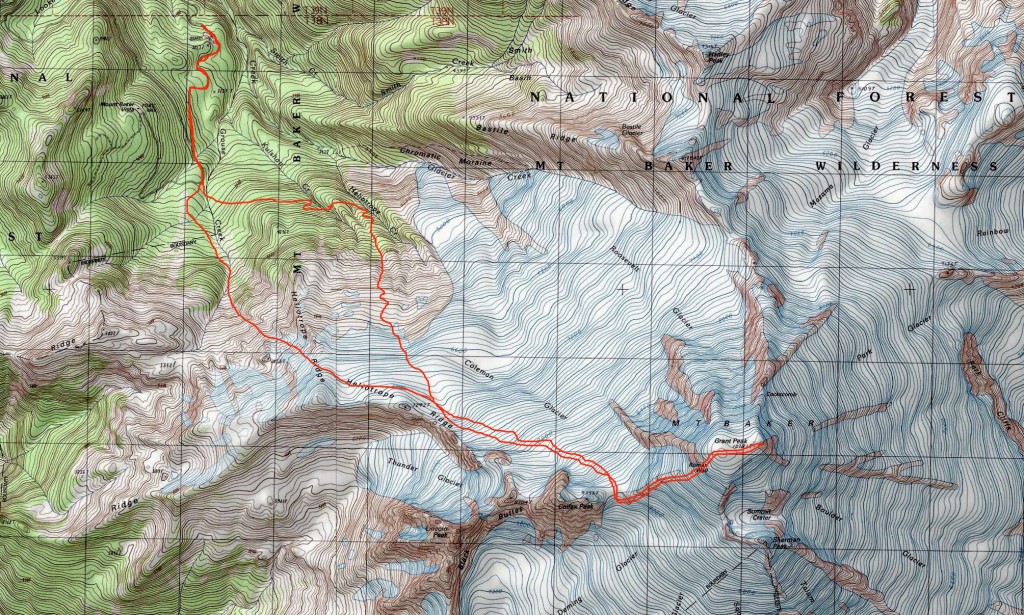





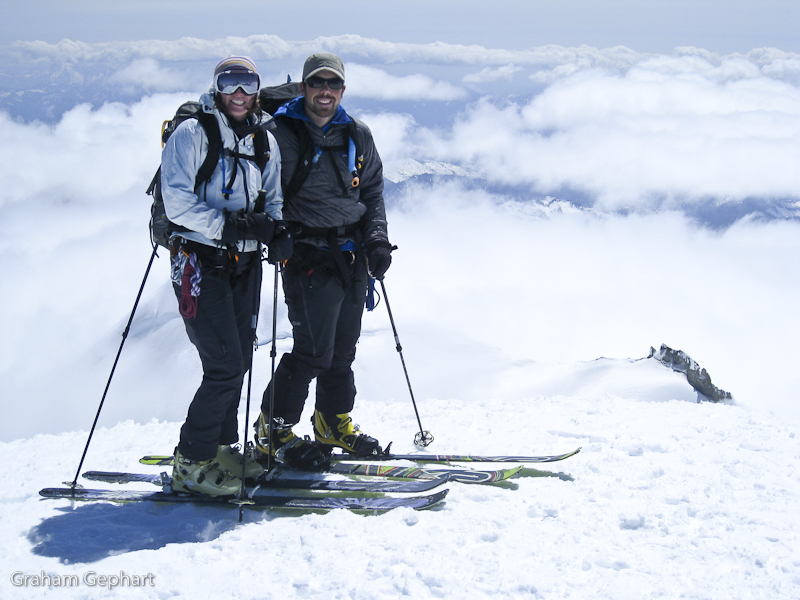



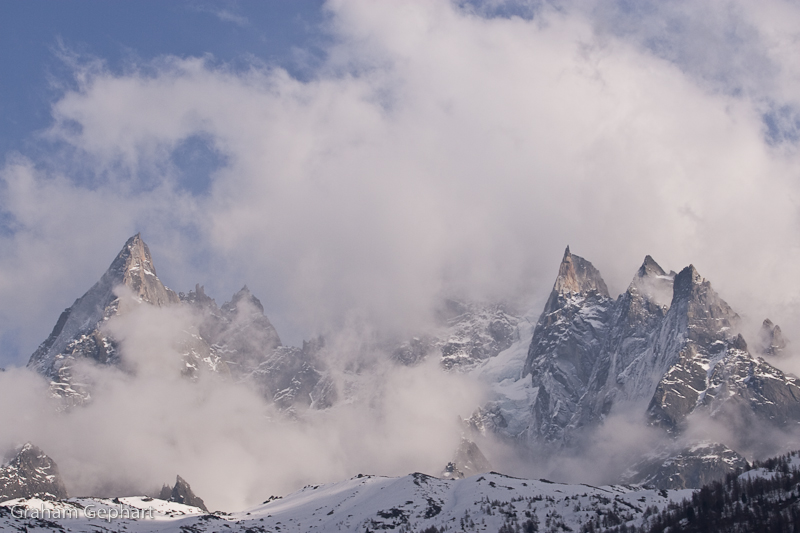

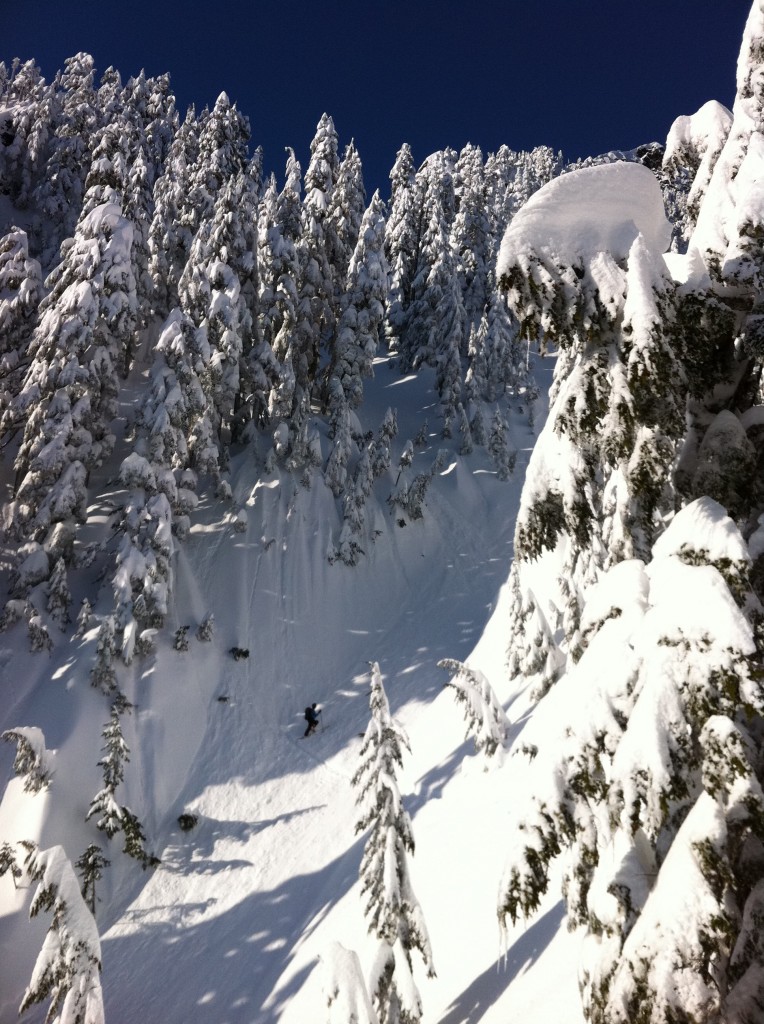
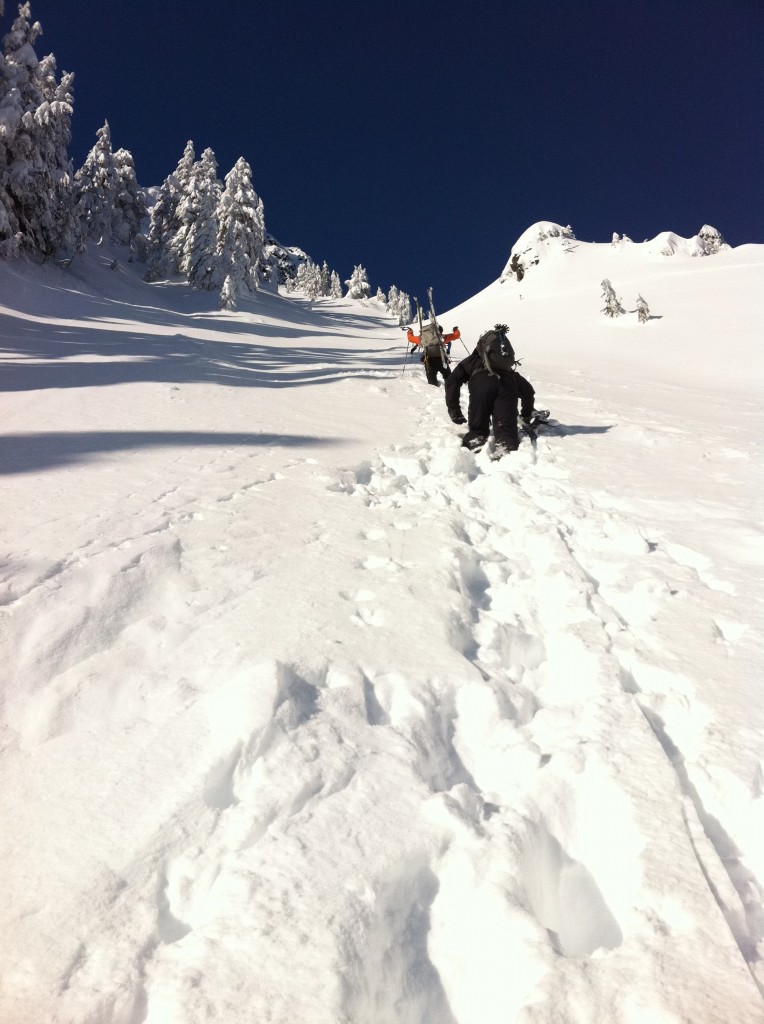
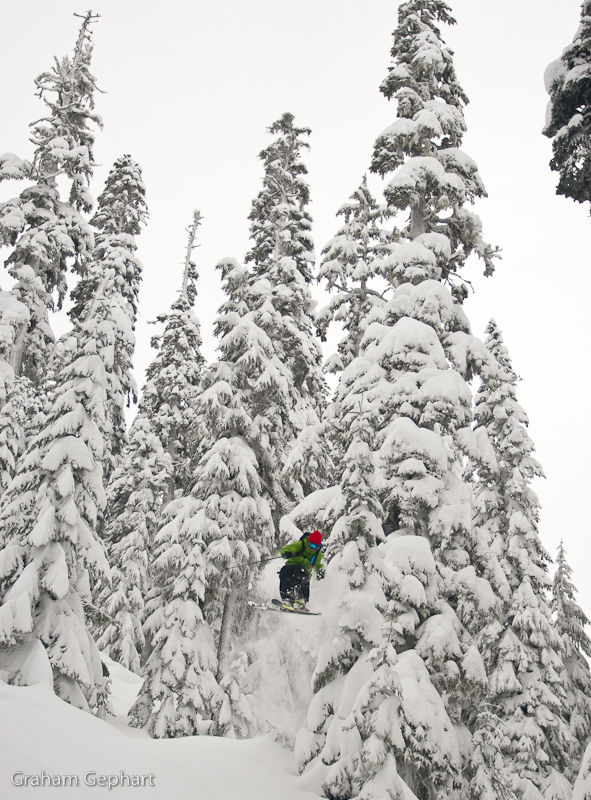
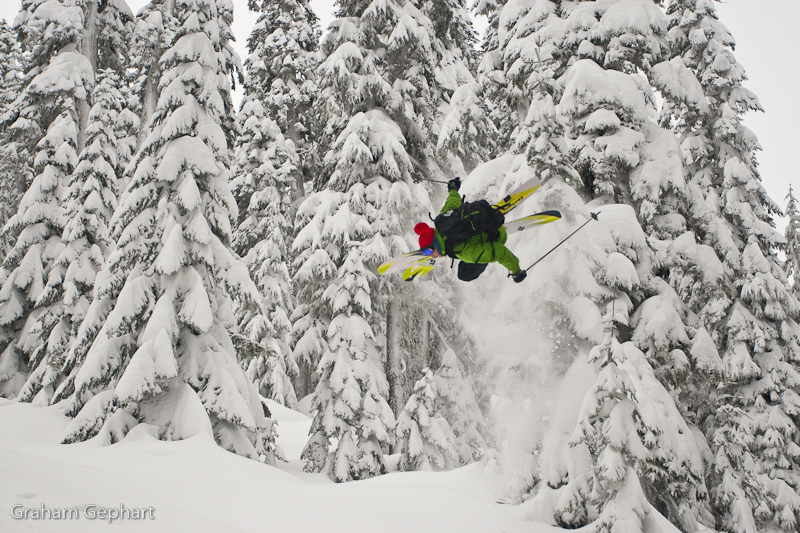
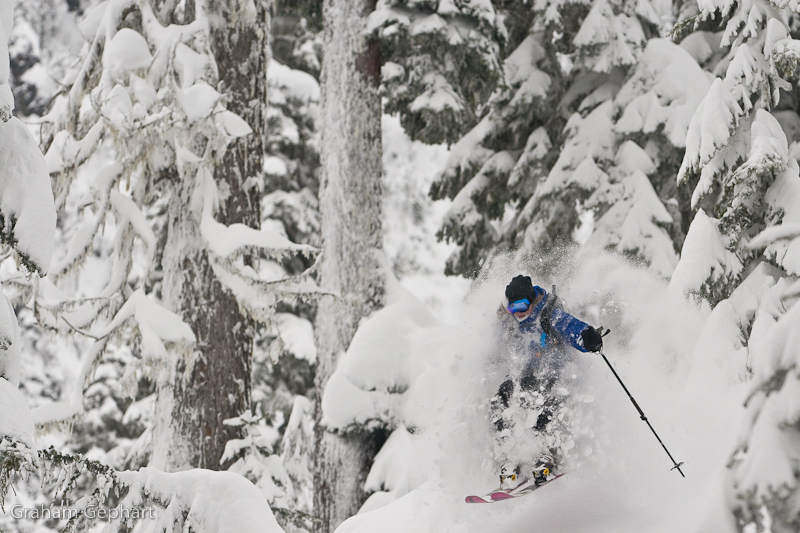
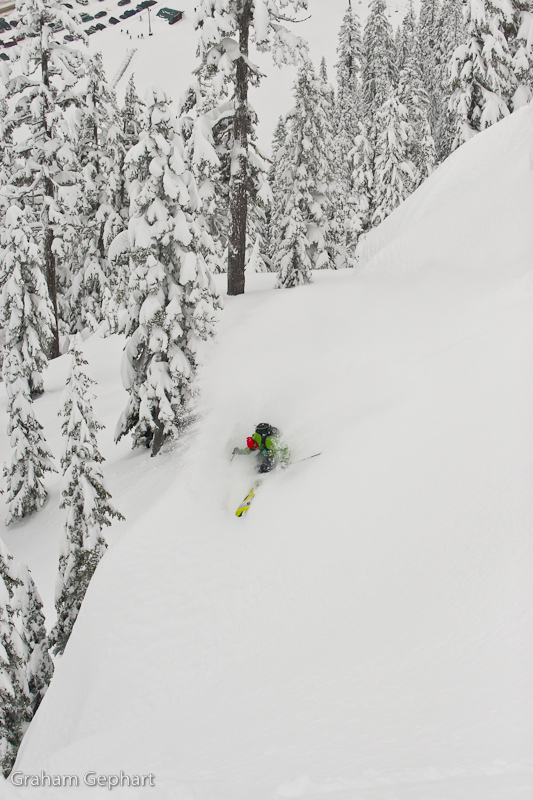
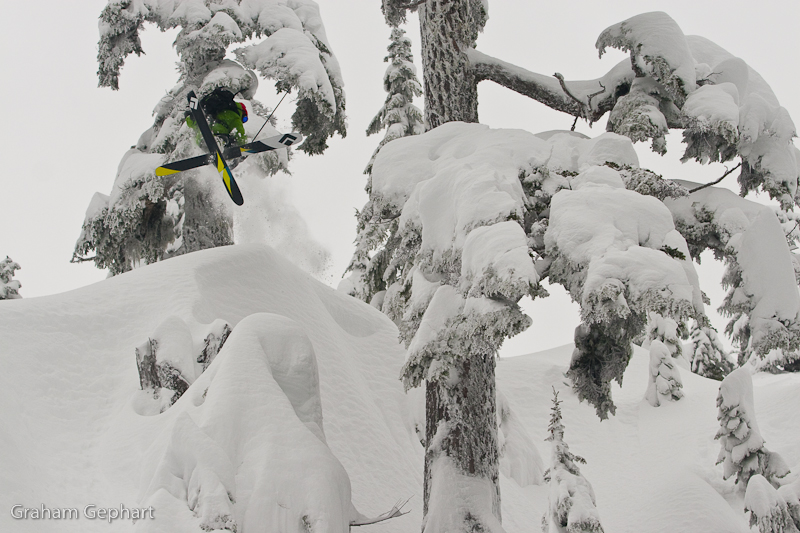


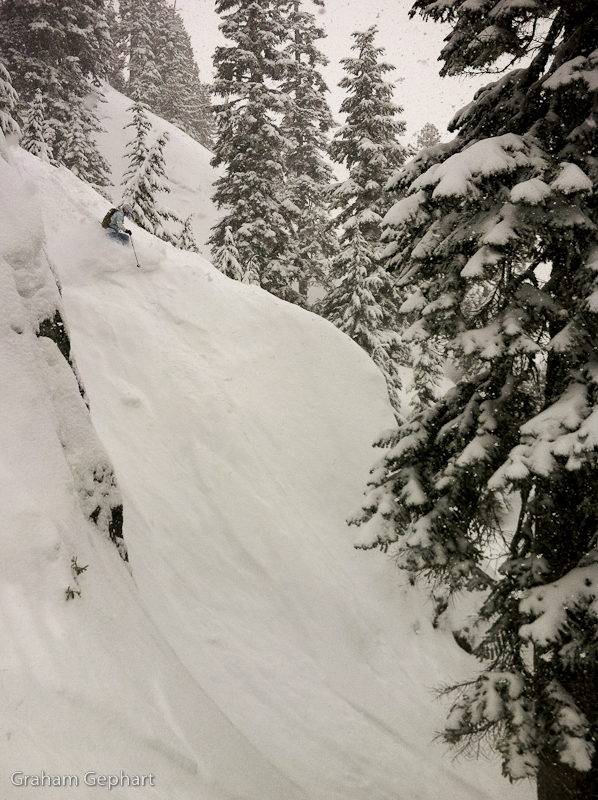
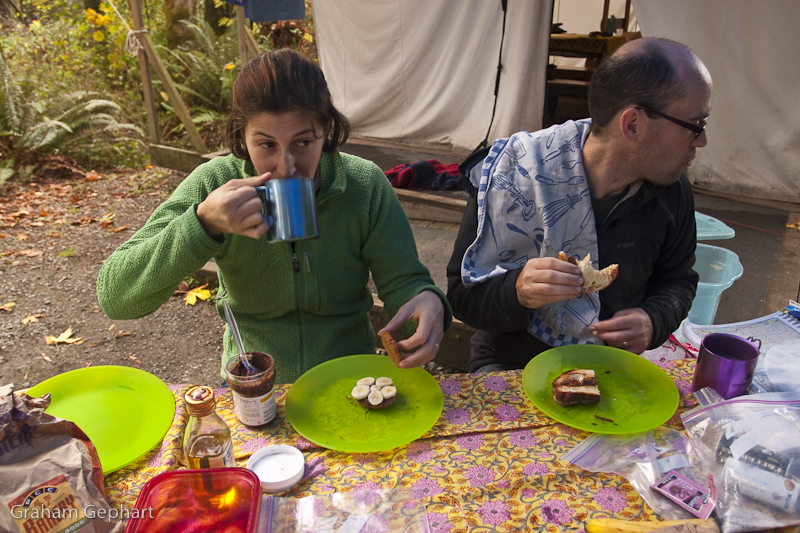
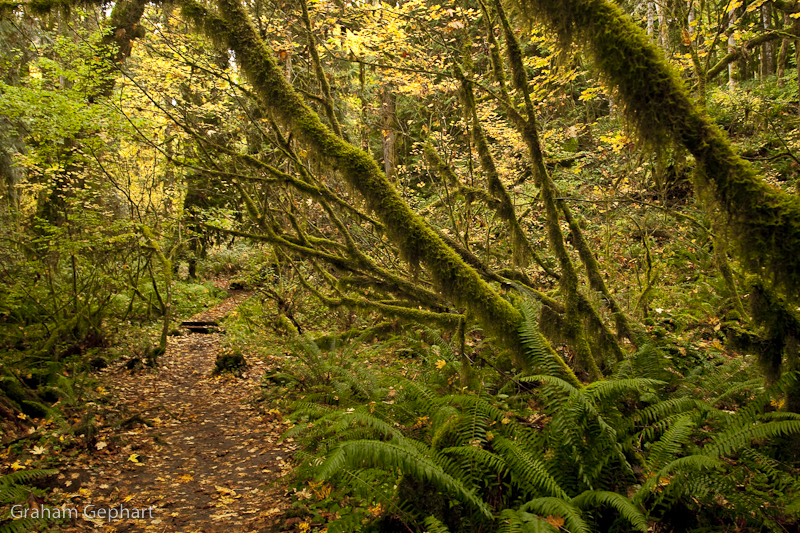
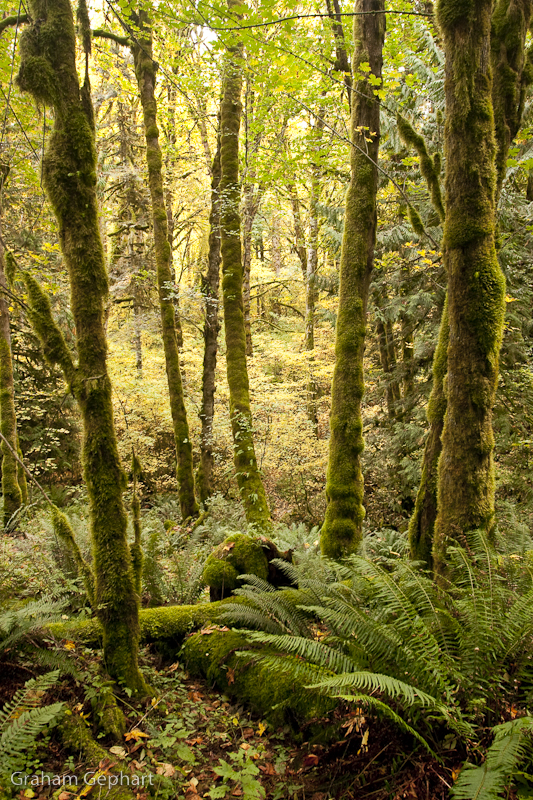

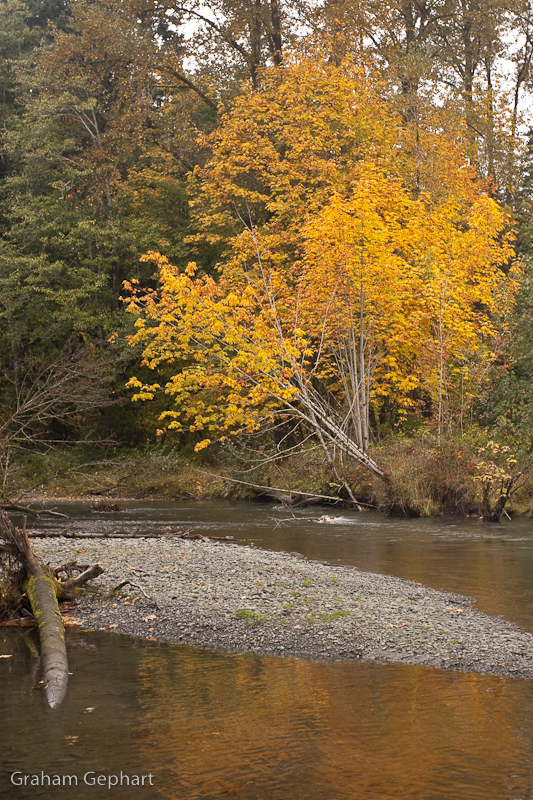

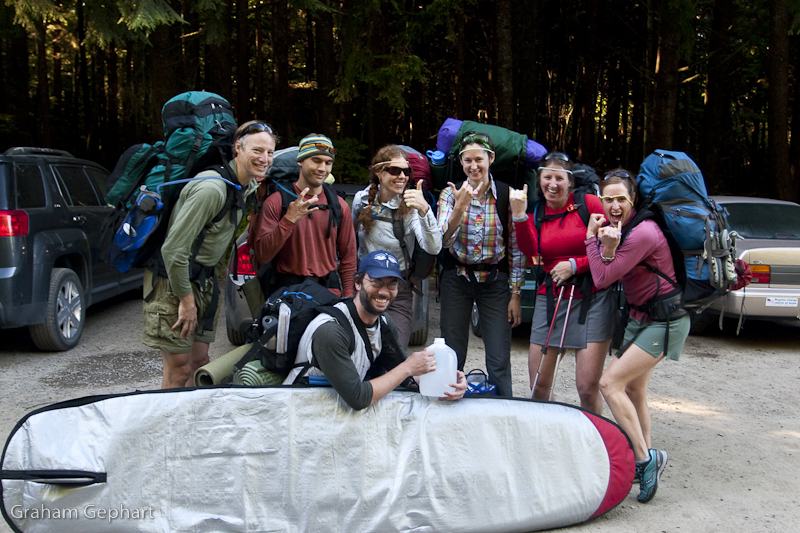
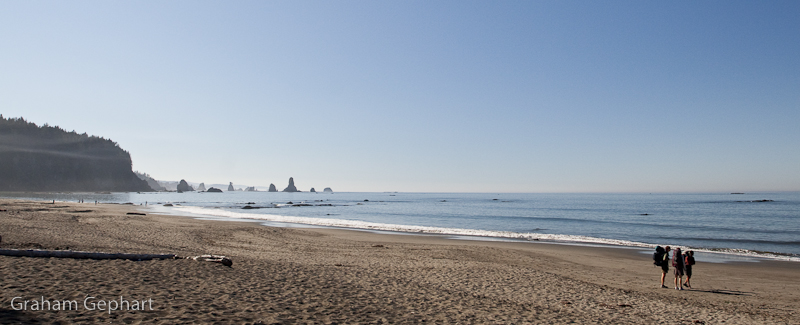
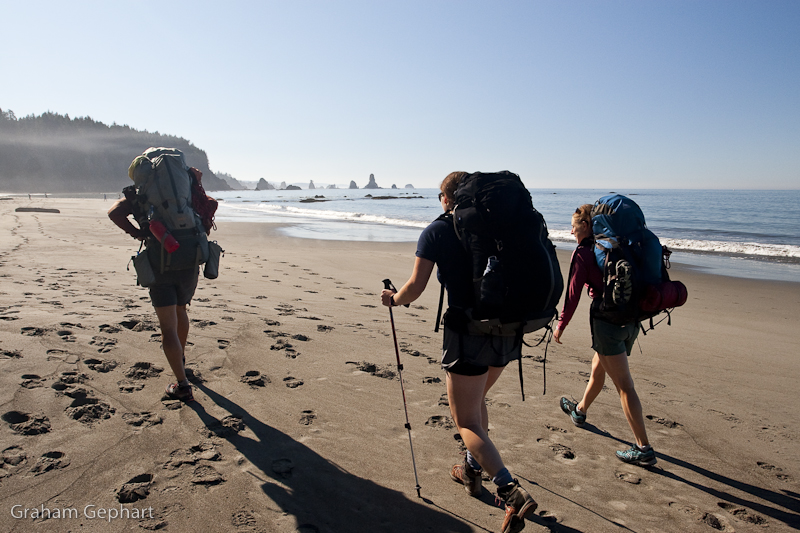
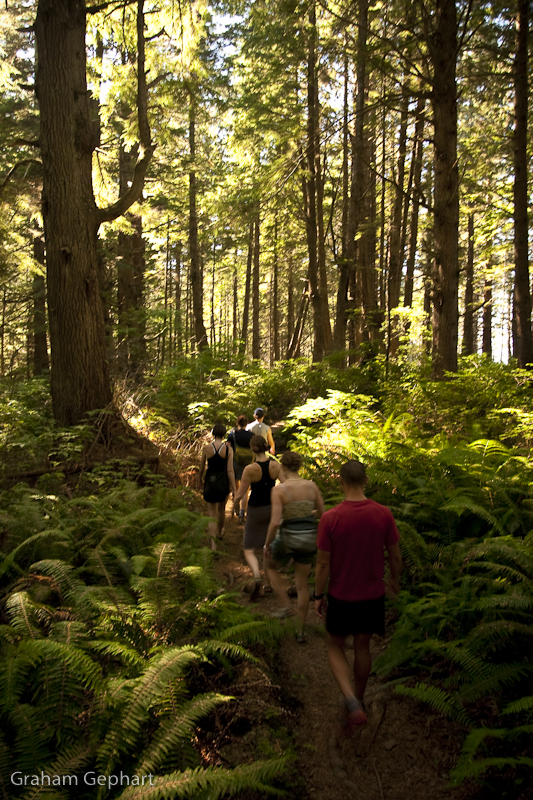
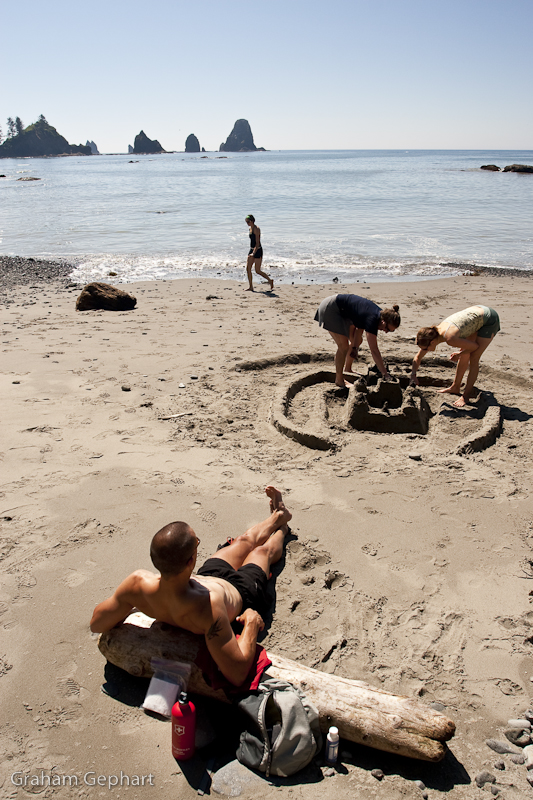
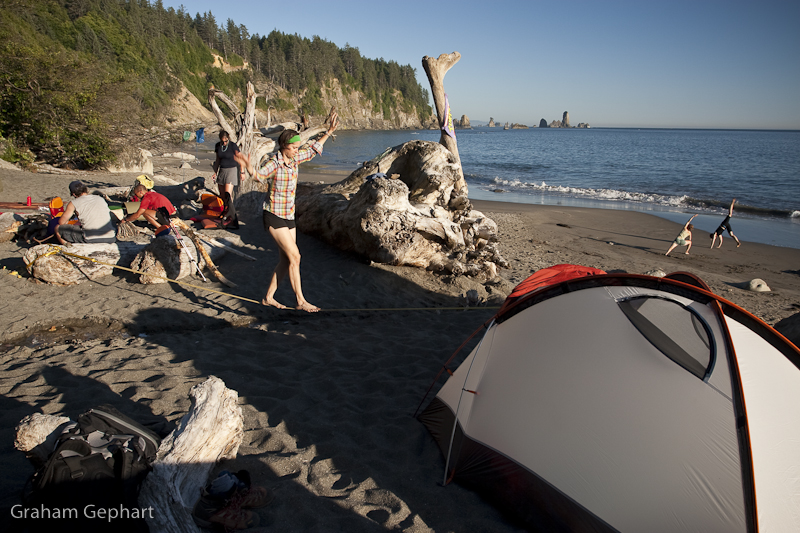
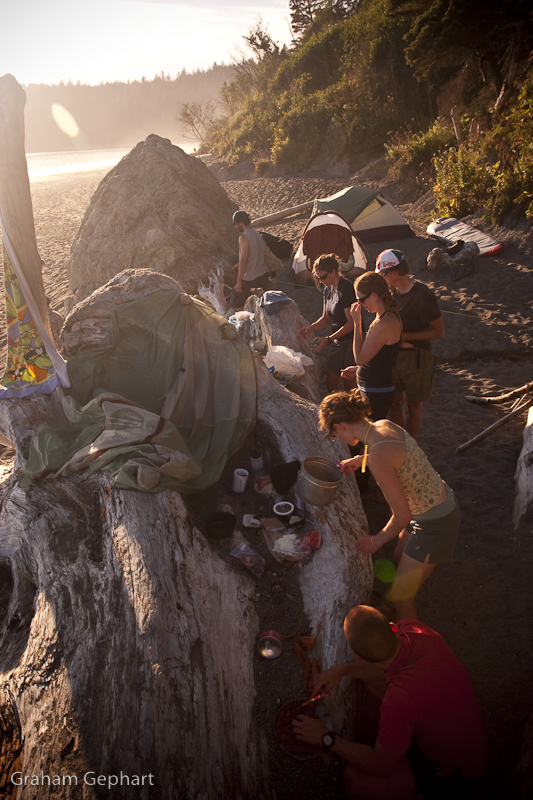

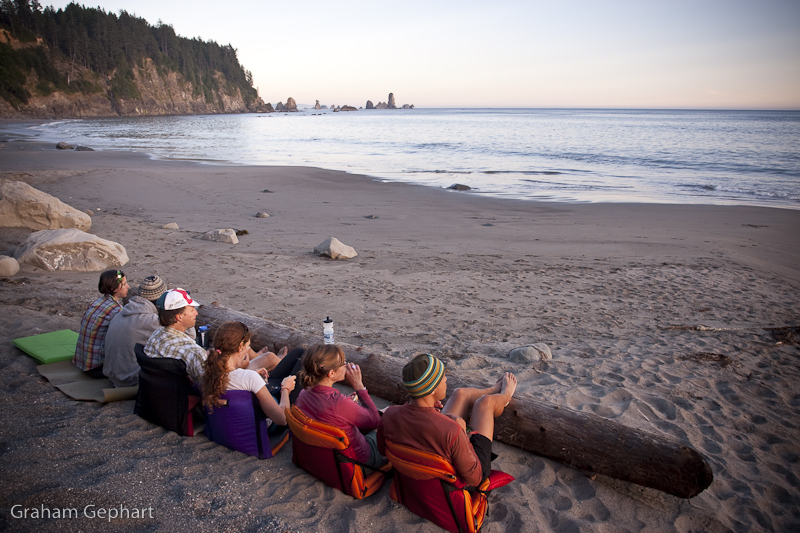
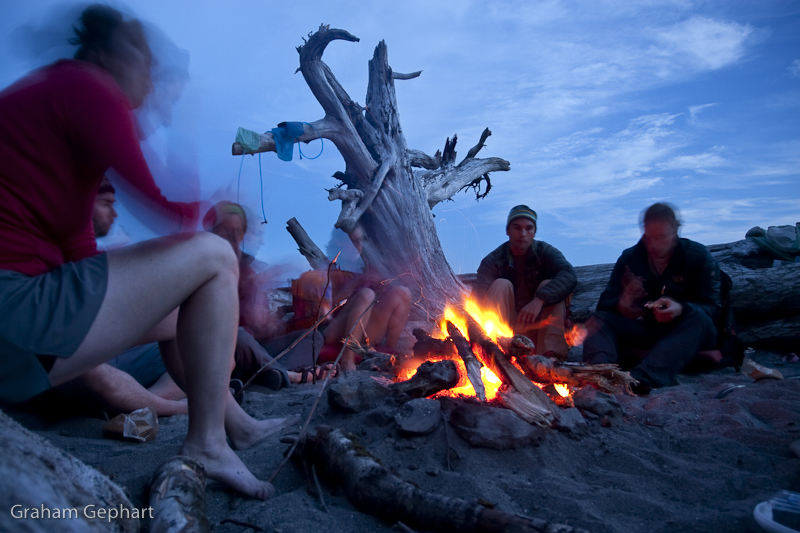
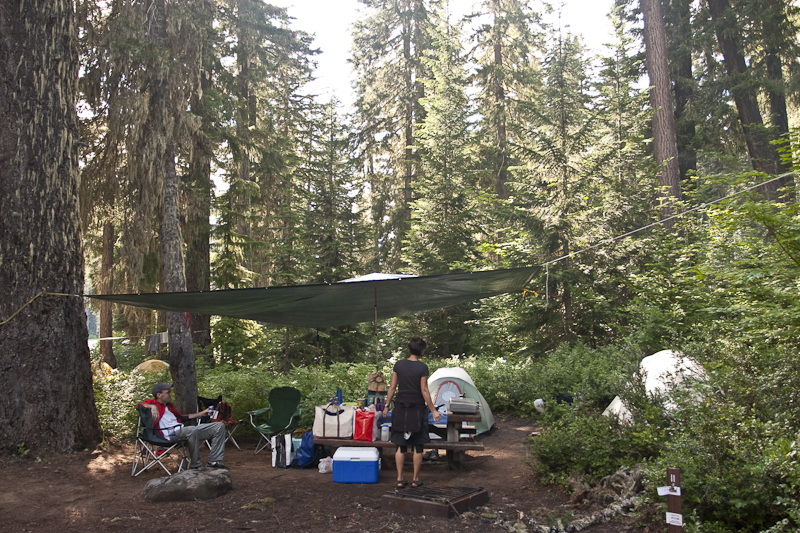
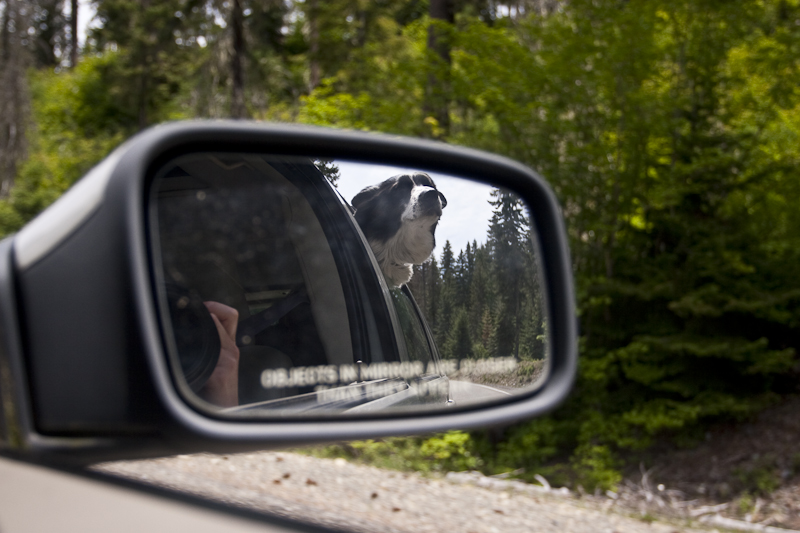
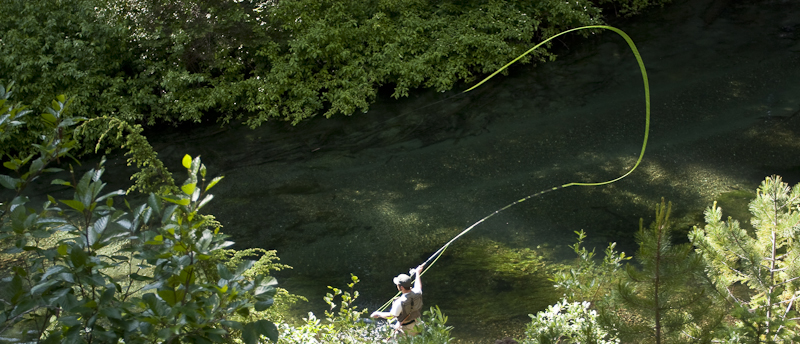
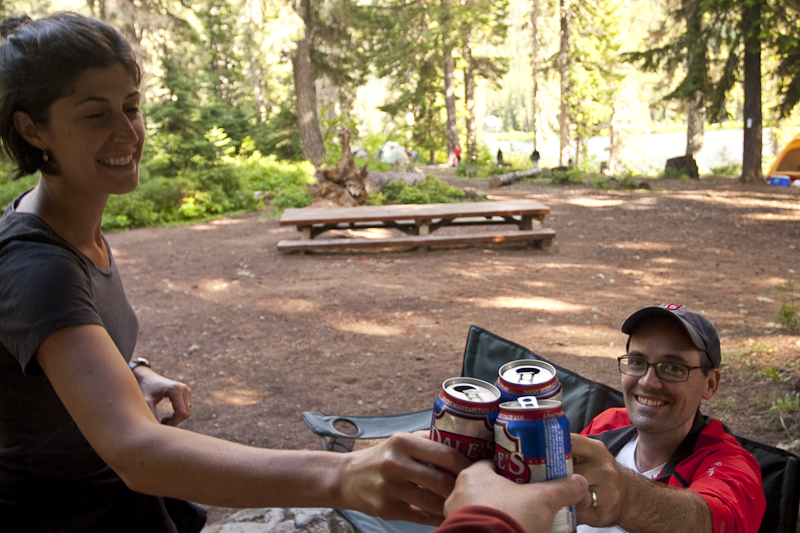
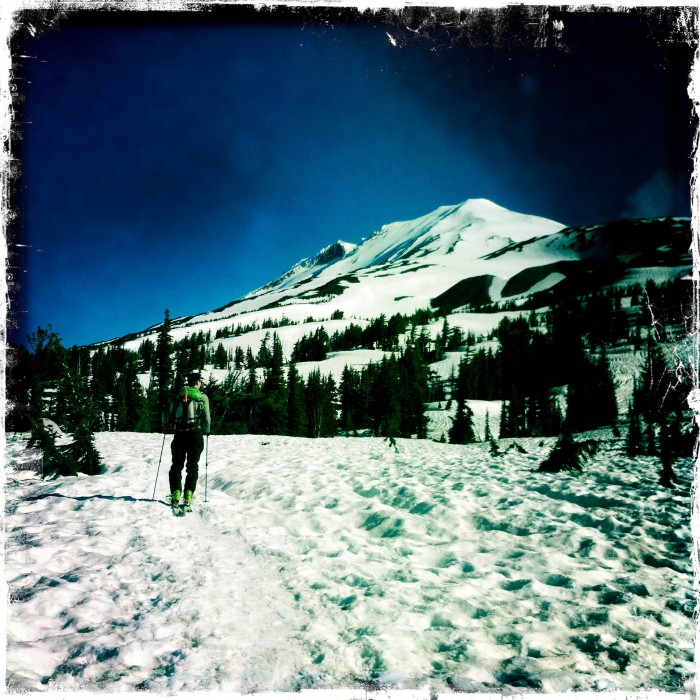
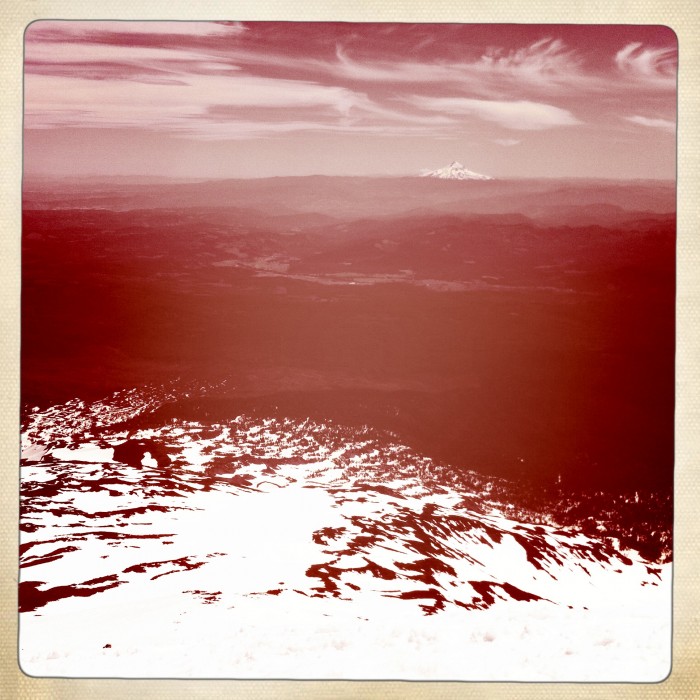
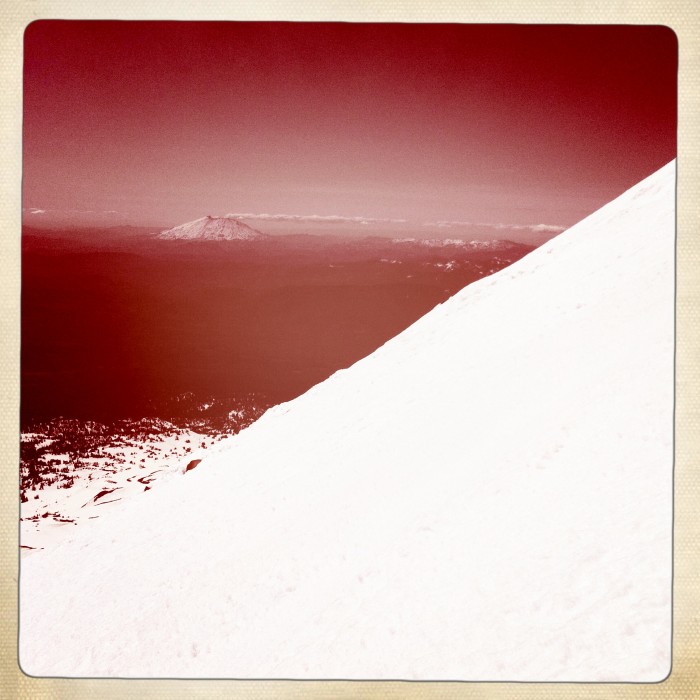
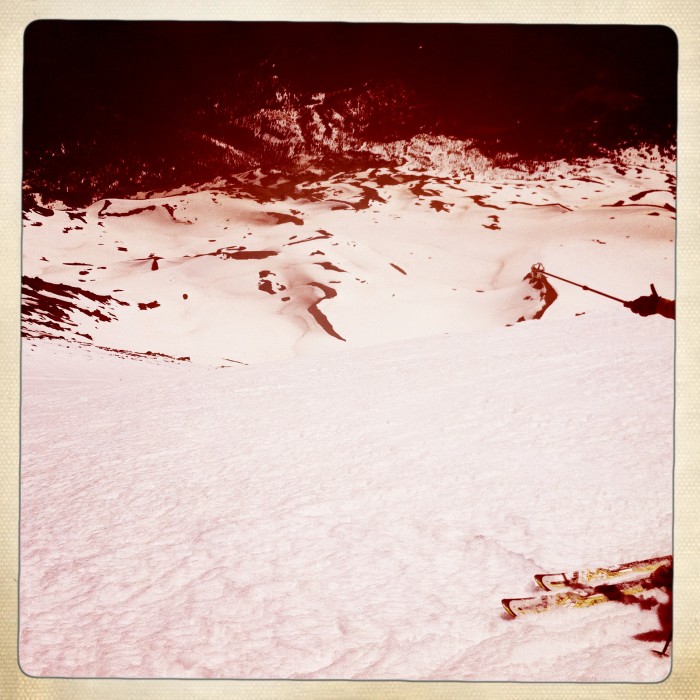
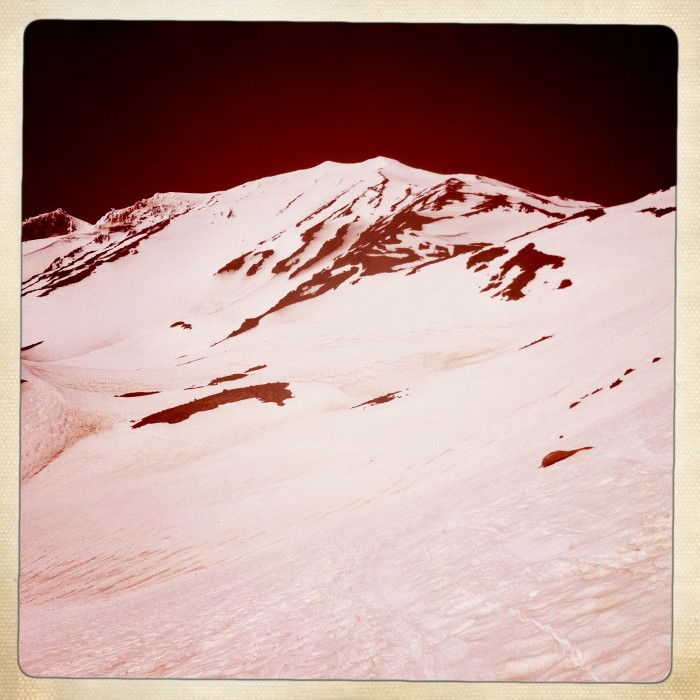
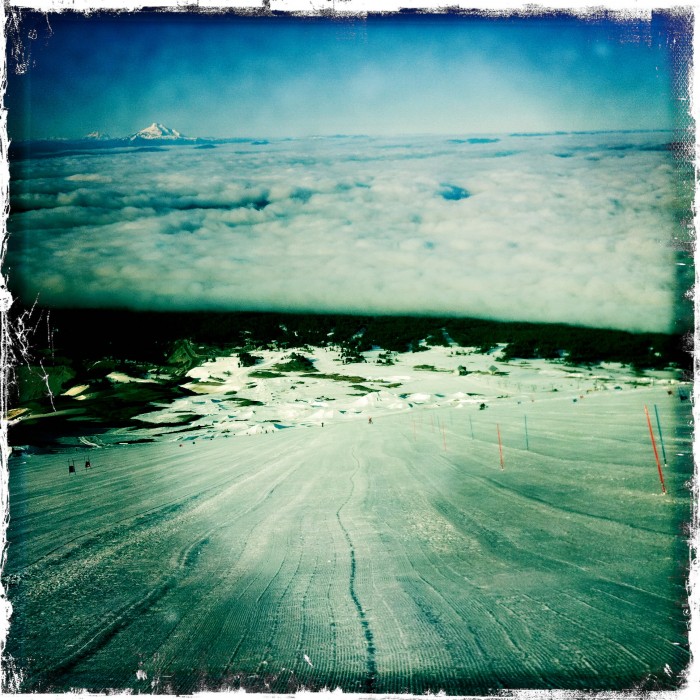
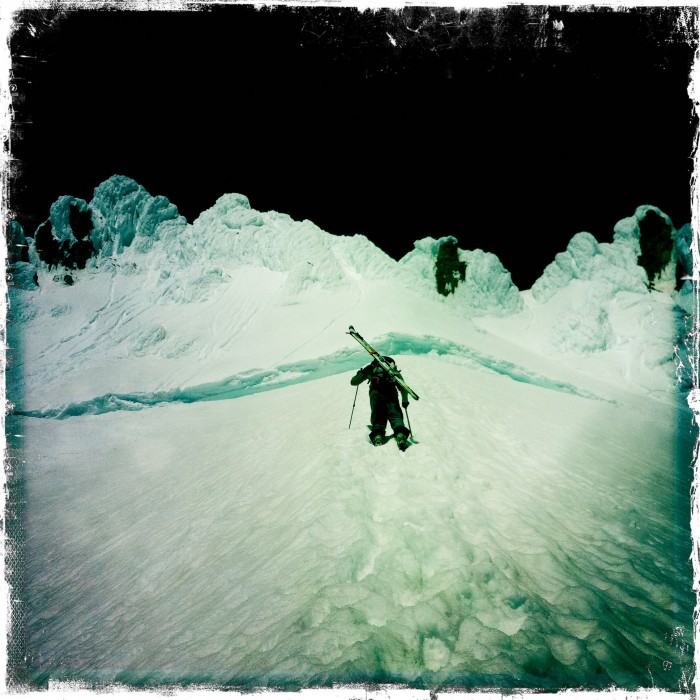
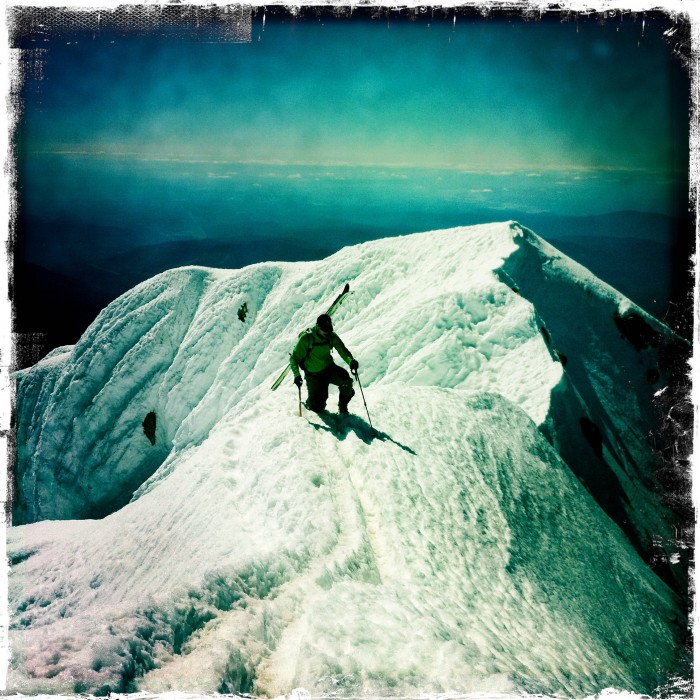
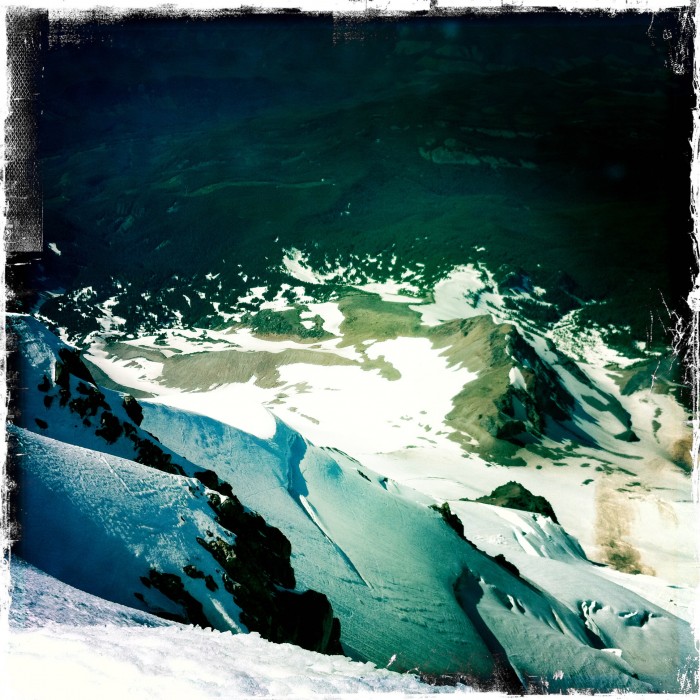
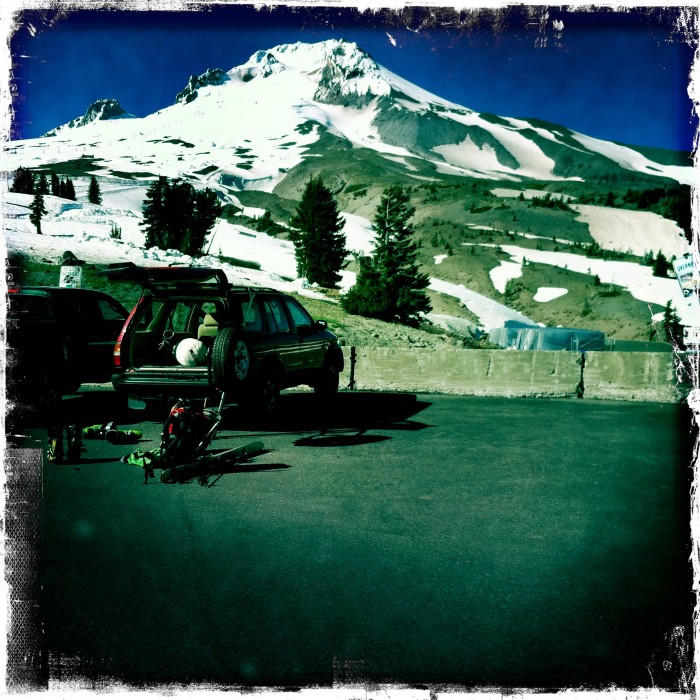
Beautiful shots Graham. Sharp, nice composition and dynamic. Now if only you could hire those guys out on a regular basis to keep working those shots.
FYI – love the composition on the last shot.
Ohhhh My! Amazing Amazing shots!! You guys are too much!!!! So talented, in so many ways. The world is yours!
NICE!!! Great pic’s and beauuuuuuutiful pow. Thanks for sharing!